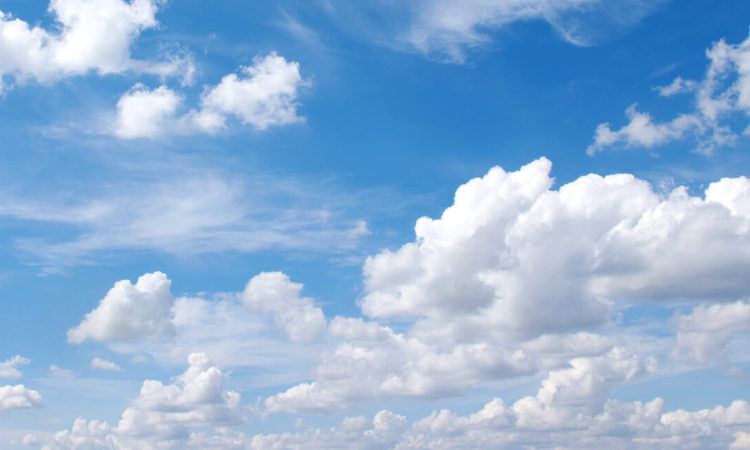Weather – Queen Elizabeth National Park

Weather – Queen Elizabeth National Park
Weather of Queen Elizabeth National Park is determined by a number of factors, but its location is one of the major factors causing the weather of queen Elizabeth national park to appear like how you find it currently. Queen Elizabeth National Park (QENP) is located in south western Uganda; it is a mountainous area and perhaps it is another reason for the weather conditions and climate of the park.
At the entrance of the park, you will find a spot where the equator is land marked; the equator passes through queen Elizabeth national park at zero coordinates. Queen Elizabeth national park is situated in the rift valley area of the great African rift valley. There is a lot of activities that weather of the area makes possible to be done in queen Elizabeth national park like the game drives, hiking and nature walks among others.
Hot weather condition
The fact that queen Elizabeth national park is located in the rift valley, is the reason for the high temperature level; rift valleys being on a lower altitude tend to have high temperatures. Queen Elizabeth national park is hot during the day and cold during the night; Standard temperatures range from a maximum of about 29°C with an equivalent of 84°F during the day, and a minimum of about 17°C with an equivalent of 63°F ; experienced during the night through morning around 9am.
The tourist activities in queen Elizabeth national park certainly more in interesting in the dry seasons. There are two dry seasons in the year; first is at the start of the year during January and February, and the second is during June and July in the middle of the year. However, Rainfall should still be expected in the dry seasons though not as frequent and heavy as in the wet seasons.
The most popular season for tourists is the dry season because:
The roads and forest tracks are dry and passable for game drives and so, many tourists accompanied by tour guides gather in the mornings to go chimpanzee tracking in the beautiful Kyambura Gorge at this time of the year. Chimpanzee tracking and bird watching are also done in the Kalinzu forest at the southern borders of queen Elizabeth national park in Rubirizi district.
Most of the vegetation in queen Elizabeth national park dries up; makes the game viewing possible in the dry season, for example lion tracking is easier in the short grass in kasenyi plains during the dry season. The Uganda kob, waterbuck, obiri, giant forest hog, elephant, lion, warthog, cape buffalo, and many more can be spotted in the grass in the dry season without much difficulty. Also, during the dry season most of the water ponds dry up, thus, giving no other option to the wild animals but come out of their hide outs to drink water from the water bodies like kazinga channel and lake George.
Many animals are seen gathered around water bodies in the dry season, therefore, the launch cruise on the Kazinga Channel is awesome during the dry season. Most especially in the afternoon, the hippos are cooling off in the water and the crocodiles are sunbathing at the shores. Then the birds like Martial Eagles, African skimmers, Papyrus Gonolek, Shoebill Stork and Cormorants are either picking for insects on the shores or gliding in the sky and more is what you experience on the launch cruise.
Cold weather condition
Rainfall showers are regular occurrences in Queen Elizabeth national park, however, heavier rainfall is received in the wet season during the moths of; march, April and May, in the first part of the year, then the second rainfall pick is experienced through August, September, October and November ( part of the year). Queen Elizabeth national park experiences a maximum amount of about 1390mm of rainfall during the wet season. The rainfall makes climax in April and November for the two rainfall peaks.
During the wet season, queen Elizabeth national park is free with low visitor counts. This is because, in the rainy season, the access roads and the tracks in queen Elizabeth national park are slippery, the animals are also rare to see during the game drives plus the frequent rain interruptions in the afternoon game drives. however, the wet season is the period when the true beauty of queen Elizabeth national park is revealed; all the plains bring out their verdant color and all the trees bring back the leaves, so the visitor that visit queen Elizabeth national park in the wet season know the true beauty of the African wilderness.
However, activities in queen Elizabeth national park are not done well during the wet season, such as hiking in the forests, chimpanzee tracking in Kyambura Gorge, bird watching on Mweya Peninsular and game drives through the Savannah are put to a standstill for some hours until he drizzle/rain subsides.
To note; In the wet season the temperatures are still warm with just the slight lowering of 16°C with an equivalent of 6°F during the day, and colder in the night.
The weather of Queen Elizabeth National Park is the reason for a number of ecosystems;
- The extensive savannah grass land and wood land like the kasenyi plains and ishasha sector.
- Tropical rainforests including Maramagambo forest, kyambura gorge/ game reserve a home for the famous chimpanzees.
- Wetlands / swamps, for example along kazinga channel and a lake george, are ecosystems that harbor a lot of wildlife and avian fauna.
The weather in queen Elizabeth national park is modified by a number of factors; Volcanic features which are characterized by explosion craters such as the Katwe Craters help in rain formation, the inter convergence zone (ITCZ) also is responsible for the temperature of queen Elizabeth national park.
The dry season is the peak season so tour packages are maximized to queen Elizabeth national park, unlike, the wet season is the low season and packages are slowly sold, but at a discount. However, it should be noted that, park activities take place all year long but are more efficiently done in the dry season.


